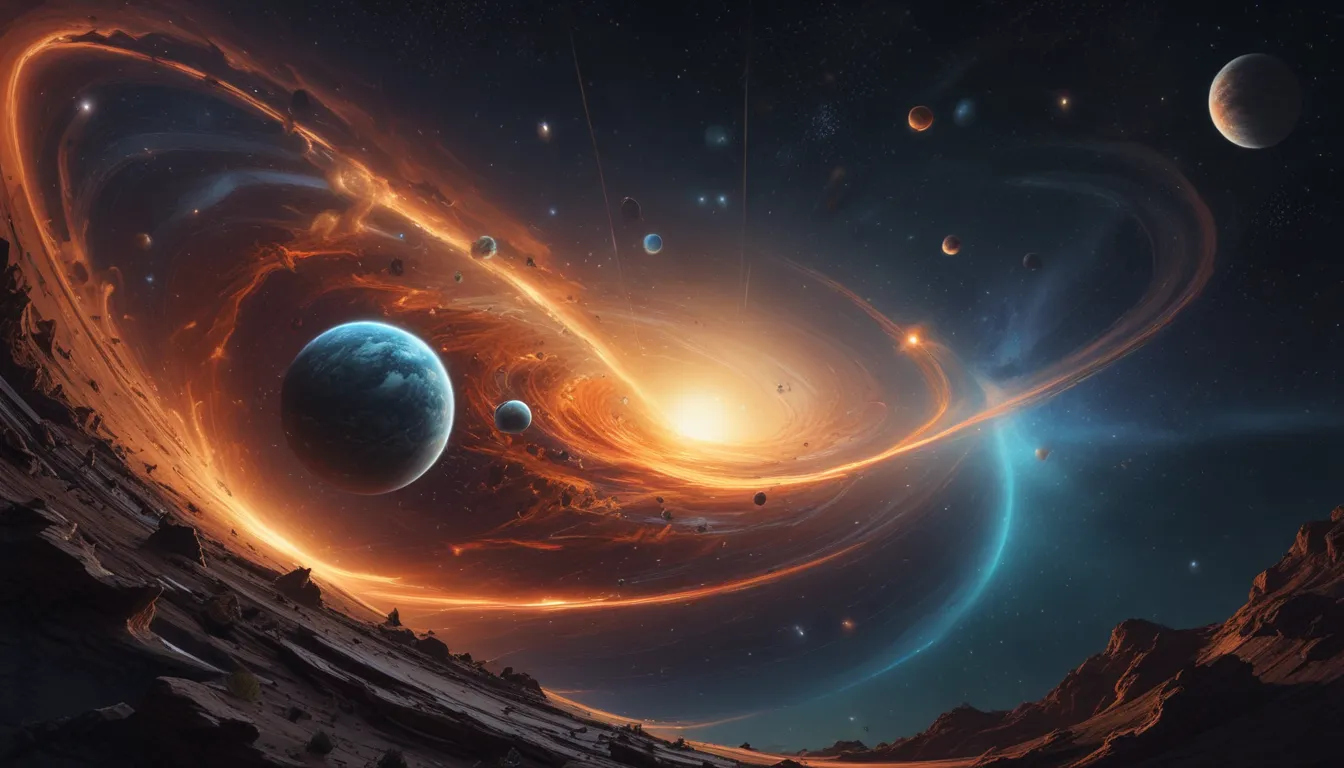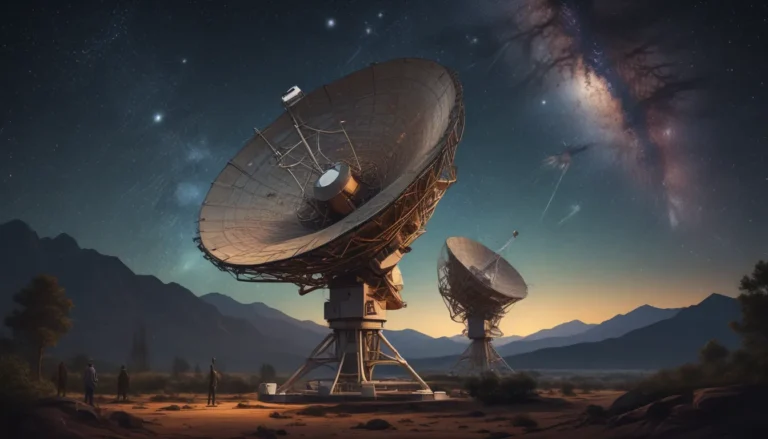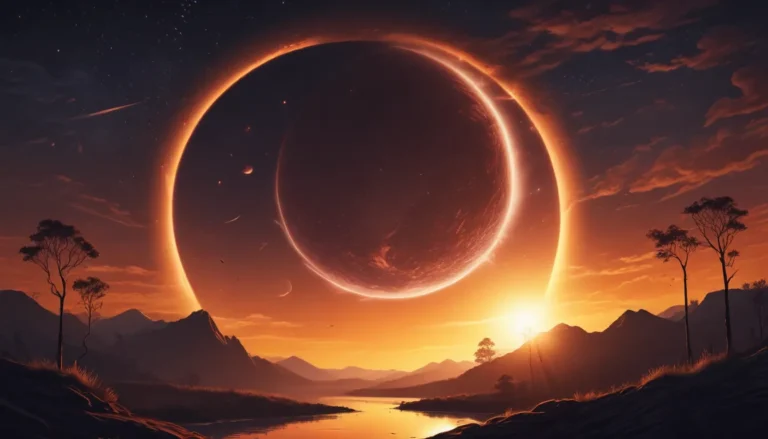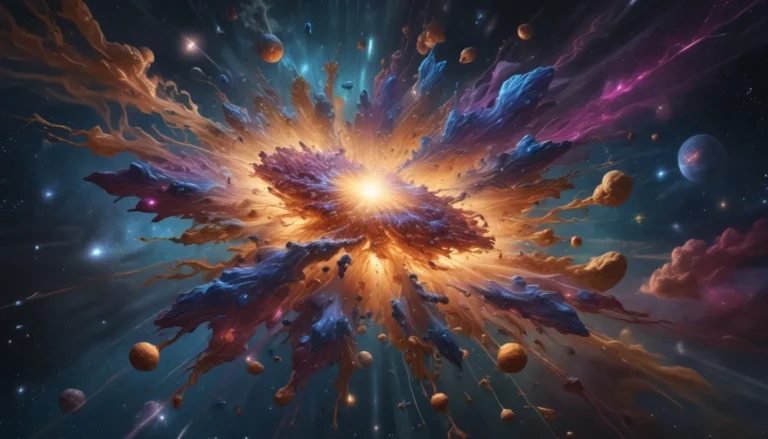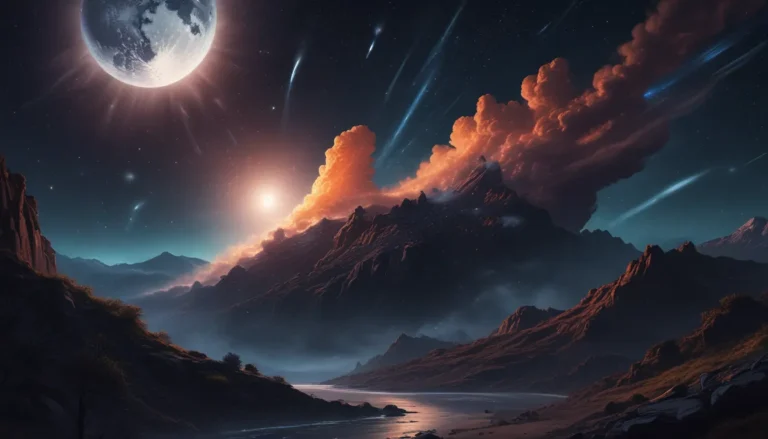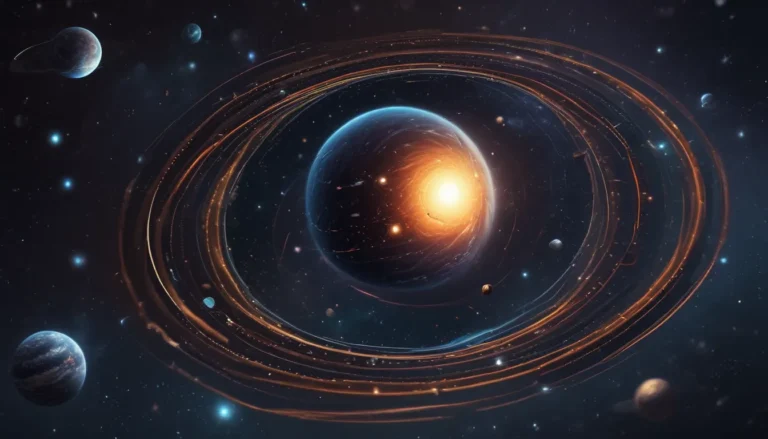The pictures we use in our articles might not show exactly what the words say. We choose these pictures to make you interested in reading more. The pictures work together with the words but don’t take their place. The words still tell you the important facts.
Welcome to the enchanting realm of planetary magnetotails, where magnetic fields interact with solar winds to create mesmerizing celestial features. Join us on a journey of discovery as we delve into the intricate world of magnetotails and unveil 18 surprising facts that will leave you in awe of their complexity and significance. From their unique shapes and sizes to their pivotal role in shaping space weather and generating stunning auroras, planetary magnetotails hold a wealth of wonders waiting to be explored. So, fasten your seatbelts and get ready to be amazed by the incredible universe of planetary magnetotails!
Unlocking the Mysteries of Planetary Magnetotails
- Planetary magnetotails are elongated appendages of magnetic fields that extend from the nightside of a planet, shaped by the interaction between the planet’s magnetic field and the solar wind.
- Studying magnetotails helps scientists understand space weather, including solar storms and auroras, and aids in the search for habitable exoplanets by examining their magnetic interactions with stellar wind.
The Formation and Characteristics of Planetary Magnetotails
1. Interaction with Solar Wind
A planetary magnetotail is formed when a planet's magnetic field interacts with the charged particles carried by the solar wind.
2. Influence of Magnetic Field Strength
The shape and size of a planetary magnetotail are influenced by the strength and orientation of the planet’s magnetic field, resulting in various configurations such as straight, curved, or twisted shapes.
3. Impressive Size
Magnetotails can extend over millions of kilometers into space, showcasing the vast influence of the solar wind on a planet’s magnetic field.
Exploring Earth’s Magnetotail
- Earth boasts a well-developed magnetotail, extending for hundreds of thousands of kilometers into space and playing a pivotal role in various space weather phenomena.
- When the solar wind interacts with Earth's magnetotail, it creates spectacular auroras or polar lights, illuminating these magnetic phenomena in a dazzling display.
Understanding the Dynamics of Space Weather
- By studying the behavior and characteristics of planetary magnetotails, scientists gain valuable insights into the complex mechanisms that drive space weather phenomena, including solar storms, magnetic storms, and auroras.
- Geomagnetic storms can lead to major disruptions in magnetotails, causing compression and distortion that alter their shape and structure.
The Protective Role of Magnetotails
- Planetary magnetotails act as shields, protecting planets from harmful solar particles by deflecting and trapping charged particles from the solar wind.
- Different celestial bodies exhibit unique magnetotail characteristics influenced by factors such as size, magnetic field strength, and composition.
Unveiling Celestial Marvels: Unique Magnetotail Features
1. Jupiter’s Dynamic Magnetotail
- Jupiter boasts an exceptionally long and active magnetotail, extending over tens of millions of kilometers into space and showcasing one of the largest and most dynamic magnetotails in our solar system.
2. Venus’s Unusual “Induced Magnetotail”
- Venus, lacking an intrinsic magnetic field, possesses an “induced magnetotail” resulting from its interaction with the solar wind.
3. Saturn’s Moon, Titan, and Unique Phenomena
- The interaction between Saturn’s moon, Titan, and its magnetotail leads to the formation of plasma tori and a complex magnetosphere around the moon, highlighting intriguing celestial interactions.
Intriguing Phenomena Within Magnetotails
- Magnetotails can exhibit wave-like disturbances known as “magnetotail waves” or “magnetotail flapping,” responding to changes in the solar wind and creating dynamic patterns.
- Unique helical structures, termed “helical magnetotails,” form when magnetotails become twisted due to the interaction between the solar wind and a planet's magnetic field.
Beyond Planets: Exploring Magnetotails in Space Objects
- The study of magnetotails extends to other celestial bodies, including comets and asteroids, shedding light on their magnetic interactions on a smaller scale.
- Some magnetotails showcase multiple lobes with varying magnetic field strengths, shaped by interactions with the solar wind and multiple magnetic fields within the magnetosphere.
Significance of Magnetotails in Space Exploration
- The dynamics of magnetotails play a significant role in advancing space plasma physics, contributing to insights in various fields such as astrophysics and space exploration.
- Understanding the characteristics of alien planets’ magnetotails aids scientists in identifying potentially habitable exoplanets by examining their magnetic interactions with stellar wind.
Embarking on a Cosmic Journey of Discovery
In conclusion, planetary magnetotails unveil captivating mysteries of celestial bodies within our universe, offering a gateway to explore the dynamics and interactions shaping space beyond our planet. Through the study of magnetotails, scientists uncover surprising facts that enrich our understanding of the cosmos and inspire new avenues of exploration. As we continue to unravel the secrets of the universe, the enigmatic realm of planetary magnetotails promises to unlock remarkable discoveries that illuminate the origins of our universe and the potential for extraterrestrial life.
FAQs
Q: What is a planetary magnetotail?
A: A planetary magnetotail is a region of space behind a planet that is stretched out by the pressure of the solar wind and shaped by the planet’s magnetic field.
Q: Which planets in our solar system have magnetotails?
A: Planetary magnetotails have been observed in various planets, including Earth, Jupiter, Saturn, and Mercury.
Q: How long can a planetary magnetotail extend?
A: Depending on the planet and the strength of its magnetic field, a magnetotail can extend over millions of kilometers behind the planet.
Q: What is the significance of studying planetary magnetotails?
A: Studying planetary magnetotails helps scientists understand the interaction between a planet’s magnetic field, solar wind, and the surrounding space environment, providing insights into the dynamic processes that shape planetary atmospheres and space weather.
Q: Can planetary magnetotails generate auroras?
A: Yes, planetary magnetotails play a crucial role in generating auroras by channeling charged particles from the solar wind into a planet’s atmosphere.
Unlocking the Secrets of Planetary Magnetotails
Our dedication to delivering captivating and credible content drives us to explore the wonders of the universe through the lens of planetary magnetotails. Each fact shared on our site is a testament to the wealth of knowledge contributed by real users like you. Join us on a journey of discovery as we unravel the mysteries of space and delve into the fascinating realm of planetary magnetotails. Trust in our commitment to quality and authenticity as we continue to share the awe-inspiring marvels of the cosmos with you.
